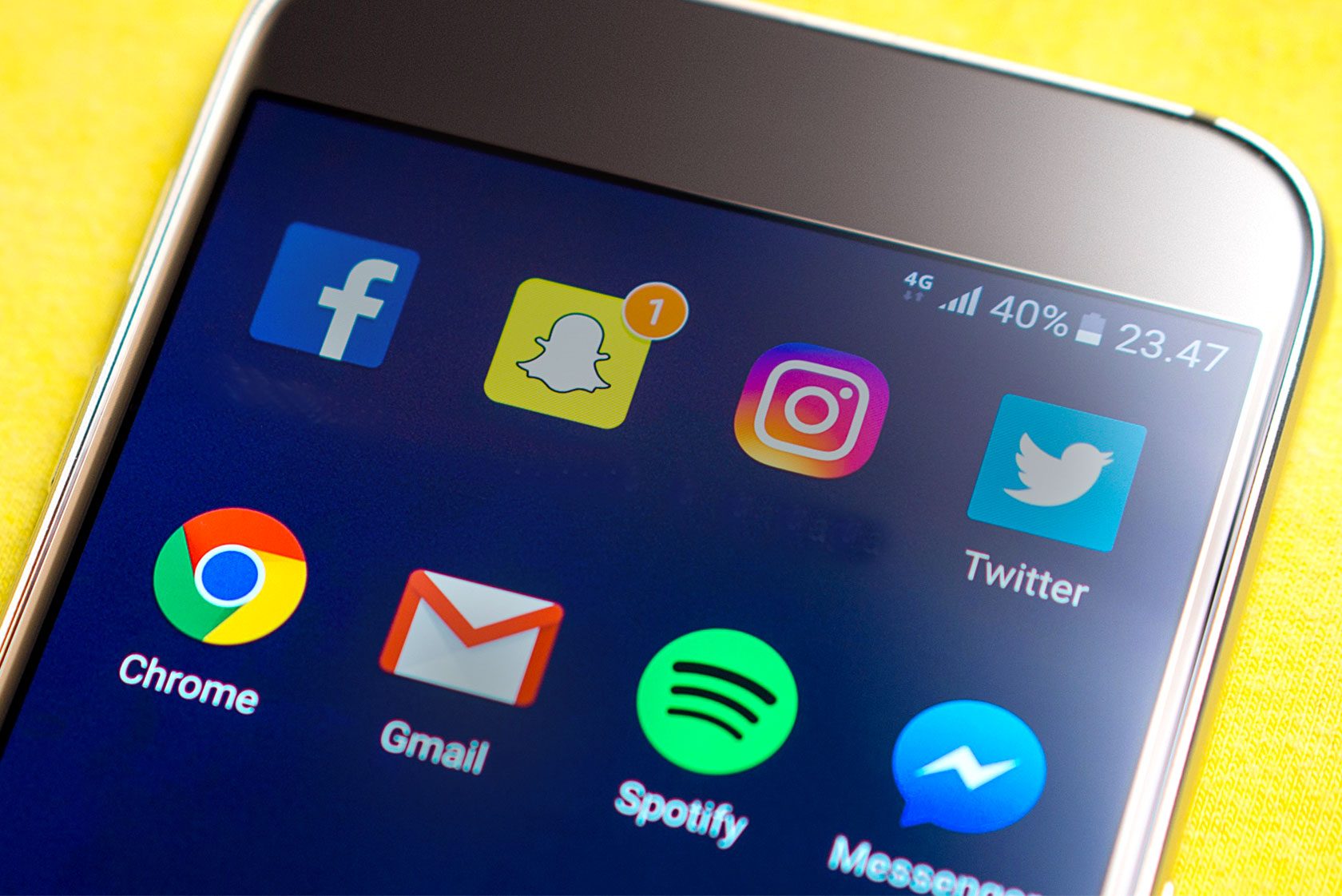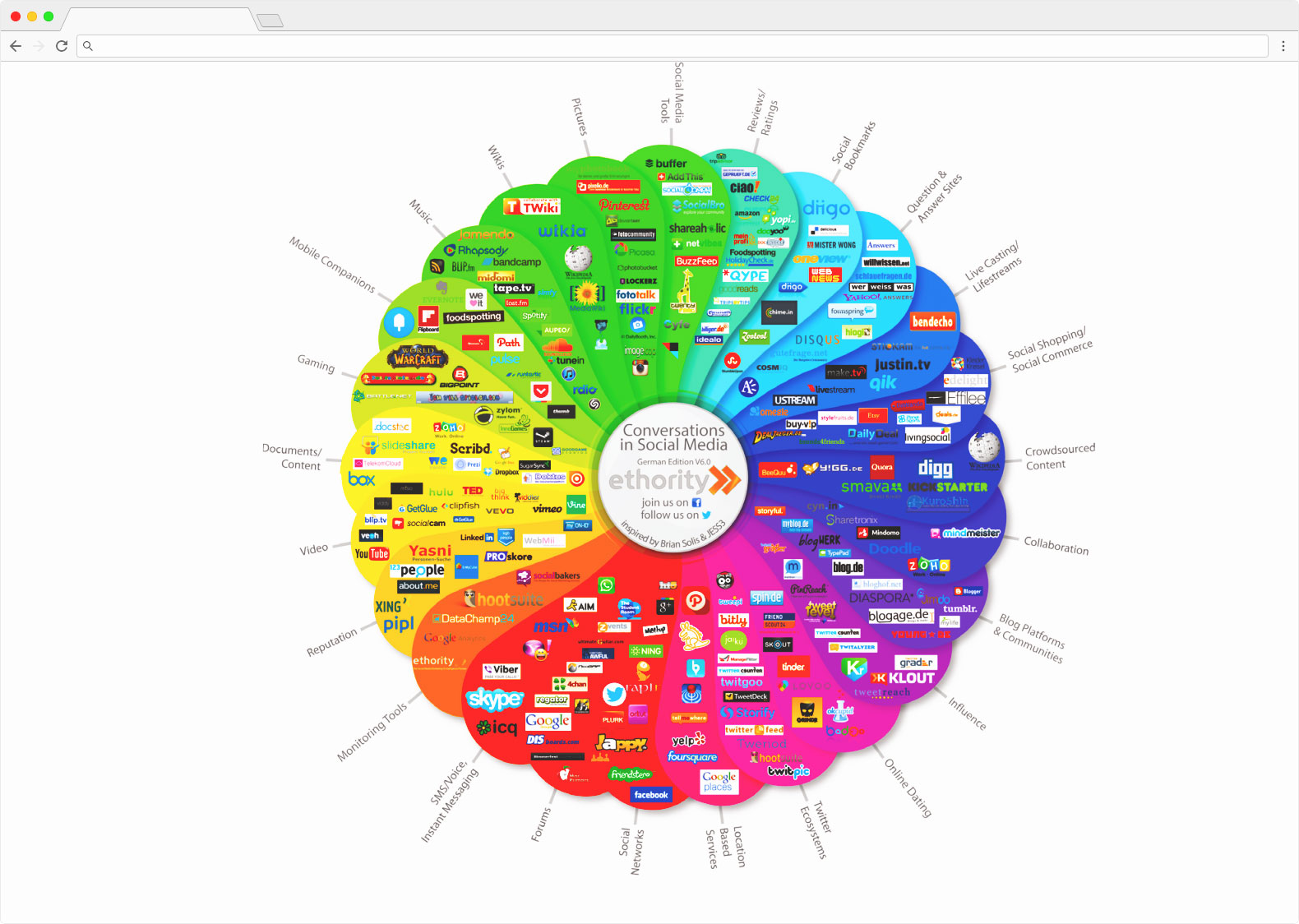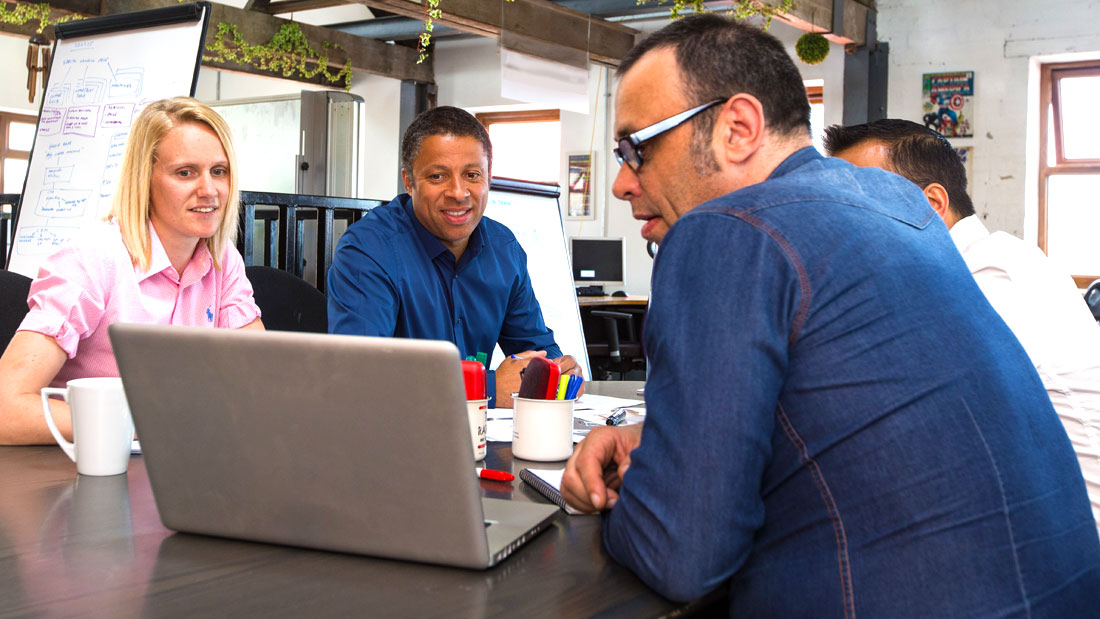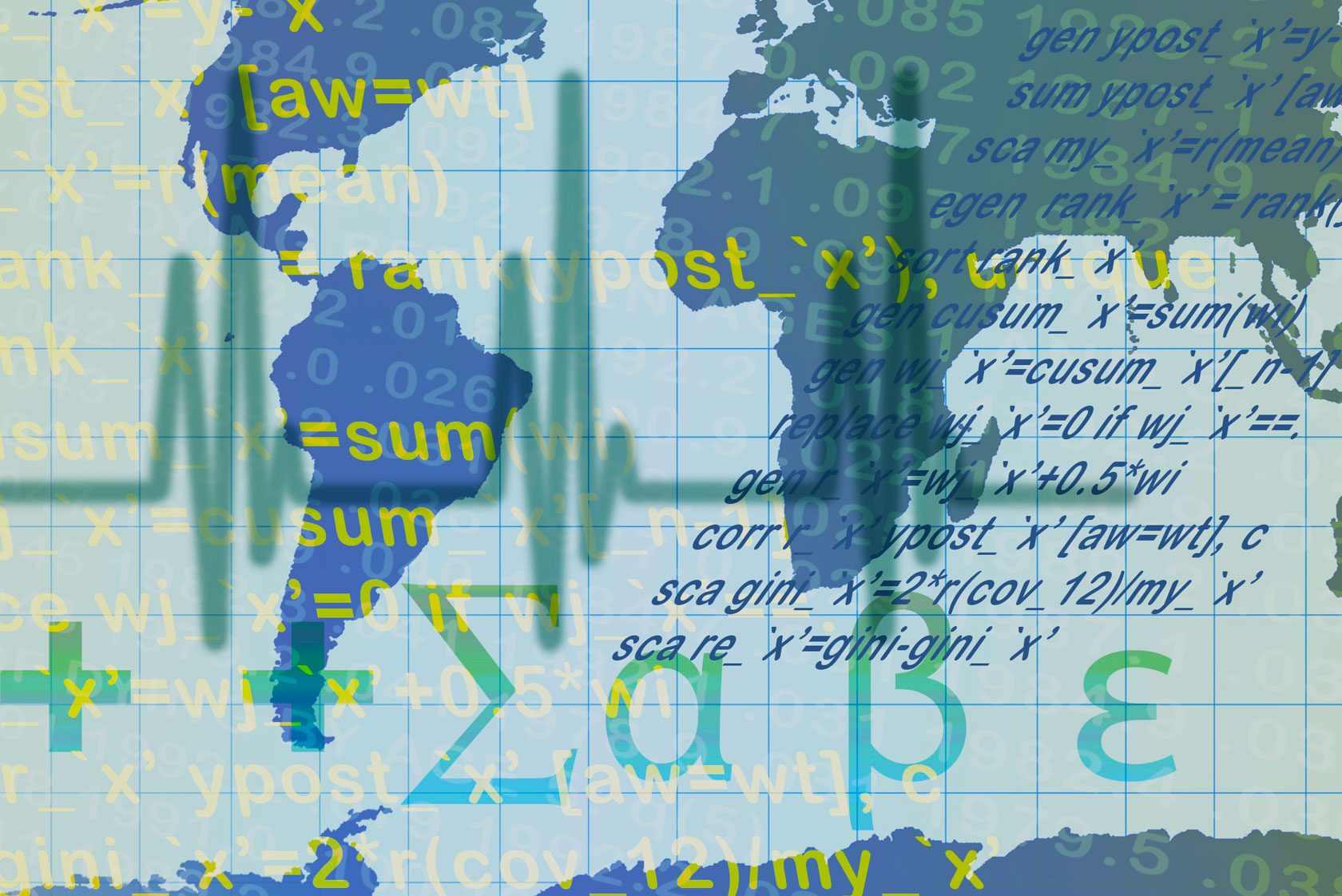
Social Media and Scientific Communication: A Minor Role for Open Science in the Statement?
In the recently published statement “Social Media and Scientific Communication” that attracted a great amount of controversial discussion, the opportunities and risks of social media with regard to democracy were analysed and recommendations were made. Which of these aspects appear to be particularly interesting with regard to Open Science and infrastructure facilities?
On 28th June, the German National Academy of Sciences Leopoldina, acatech – the National Academy of Science and Engineering and the Union of the German Academies of Sciences and Humanities published a statement that had been developed by a working group, “Social Media and Scientific Communication – Analysis and Recommendations for Dealing With the Opportunities and Risks in Democracy” (link in German).
Included in this are recommendations to a variety of different target groups (link in German) that are in part subject of controversial debates, including stronger legal regulation of social media platforms and search engines by politics or the development of an editorially independent scientific communication and information platform.
Classic intermediaries have lost importance
Mass media outlets, that have in the past functioned with their editorial offices as intermediaries and quality controllers, have lost their former dominant position while social media platforms such as Facebook, Twitter and YouTube as well as science-specific platforms such as ResearchGate have gained a great deal of importance. As social media potentially enables direct communication for all members of society, nowadays any person can in principle assume the role of being a communicator in public communication at low cost and without an editorial filter.
Within the scientific community, social media platforms are used very differently for the enhancement and acceleration of communication depending on the discipline and the function. For external scientific communication (with other areas of society, including politics, the economy and the media), there are nowadays more direct channels via social media that also go beyond the transmission of information and enable one to obtain feedback and queries directly. In this way, public circles that were until now difficult to address can, in part, be reached and they can also contribute directly to the science.
 Graphic: Diversity and structure of social media (without weighting), source: ethority 2016
Graphic: Diversity and structure of social media (without weighting), source: ethority 2016
The risks of social media dominate the statement
Although a series of opportunities arising from social media such as faster, more personal and in parts also more emotional communication, the greater level of reciprocal exchange and the potential new culture of dialogue between experts and the layperson are noted in the statement, the risks from social media are however allocated more space. These include:
- As the major social media providers such as Facebook make content available according to non-transparent rules, this could represent a problem of credibility for those who publish material there.
- The participation in media that does not have specific selection programmes will require from scientists particular communicative knowledge and skills that many will not have.
- Communicated content could be devalued by an immediate comment and any corrections may only then be carried out with great difficulty. In addition, there is always the danger of a “shitstorm” or that misinformation is distributed, either as a result of an error or deliberately, as well as the dominance of social bots in the debate.
- The partially existing “echo chambers” in social media could nullify the potential democratisation effect and send it into reverse.

Recommendations for different target groups
A series of recommendations for different target groups such as the scientific community, educational institutions and research policies were derived from the analyses in the statement. From the point of view of Open Science and libraries, the following appear to be the most relevant:
Scientific organisations and funding agencies should ensure that there are no false incentives set for the communication of research results, for example via key figures for attention or reach figures. At the same time, research that is concerned with the development of sensitive indicators for responsible communication behaviour should be promoted intensively.
Specific training opportunities should simplify the paths of interested scientists into the traditional media and make using social media easier, without creating an obligation to do this.
Together with the various protagonists and taking into consideration the social media community suggestions, a working group should develop a quality-oriented code of behaviour (code of conduct) that is to serve as the basis for information on the web and in particular for social media. Among other things, the ensuring of transparency should be a part of this code of conduct, which should include the declaration of vested interests and conflicts of interest, professional connections, financing and the indication of sources.
Scientists will be encouraged to position themselves publicly as experts. The authors place particular attention on the fact that they make their corresponding role (for example expert, teacher or private person) transparent and that they deal responsibly with the time and financial resources available to them alongside their research and teaching. How this transparency of roles can however be implemented in practice, for example with the extremely short texts in Messenger messages or Tweets is not answered in the statement.
Measures for the acquisition and improvement of skills in the evaluation of digital media and sources should be promoted massively in schools, universities and higher and further training courses. This should also include: a grid for the evaluation of information and intermediaries and the relationship between the operating methods and selection principles of digital media. Aspects of the data and personality protection should also play a larger role in this context than they have until now.
The working group also sees the need for a considerably greater amount of research on the operating methods and effects of digital media on scientific communication and they have submitted a list of subjects on this matter.
Open Science: a subordinate role or a potential hazard?
In the statement, the relationship to Open Science is not clear: Participation in research (Citizen Science) and the financing of research (crowdsourcing) are as a result simplified by social media. As a result of phases of the scientific acquisition of knowledge (Open Science) and journalistic production (Open Journalism) that had until now taken place protected from the view of the general public being made transparent with the use of social media, there was on the one hand an increase in participation and transparency that was noted in the statement. On the other hand, the loss of a comprehensive assessment of quality that had until now been and is still being carried out in science by peer review and in journalistic editorial offices was feared. If however the dissemination and selection services are no longer exclusively being carried out by professional general public and specialist media, but instead scientists (Open Access, Open Peer Review) and the general public (Citizen Journalism) are both getting involved in the process, or if algorithms were to take this role over, then the statement raises the issue that false information or information that has not yet been verified that is published first could come to dominate the collective memory in the long term.
Elsewhere, it was set out that scientific communication would follow three fundamental functions or themes: Education and information, legitimisation and acquiring attention. Alongside this finding, it appears to have been pushed into the background that scientific communication within the context of Open Science can also take place for other completely different reasons: for example if individual researchers are looking for dialogue in order to advance scientific knowledge, promote scientific discussion or to obtain participants for Citizen Science projects.
Do the risks outweigh the benefits – or how can the potential for science be used?
All in all, the statement places somewhat of an emphasis on the disadvantages. It does not differentiate between the various social media platforms and it appears to ignore some types of media (Messenger for example). A more differentiated approach would be helpful here. Similarly, an attempt to find suitable measures alongside the calls made prominently in the statement for regulation that would enable potential risks to be cushioned and yet still profit from the areas of potential that the internet offers would also be helpful.
Additional information
View Comments

Research & Innovation – Shaping our Future: a Conference Report
On Monday, the 3rd of July, over 700 scientists, innovators, business people and...



